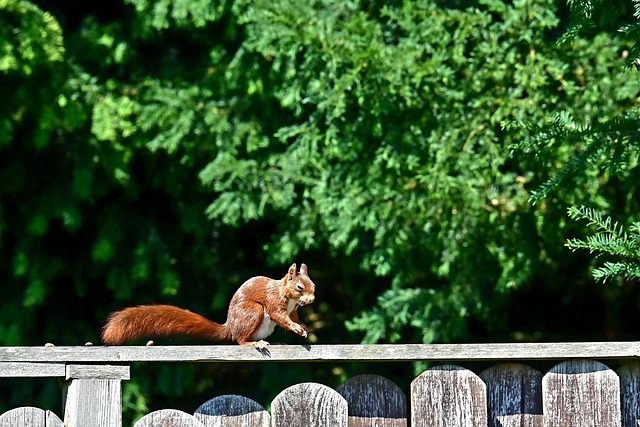
Most folks think of tree trimming as a way to keep the yard looking tidy, but it’s not just about appearances. Trees, especially those looming close to a house, can quietly stir up a surprising list of problems if left unchecked. From structural risks to long-term damage, neglecting regular trimming can turn a homeowner’s asset into a liability.
One of the more immediate concerns is physical contact between tree limbs and the structure itself. When branches grow too close to siding, roofing, or windows, they don’t just pose a threat during storms. Even on calm days, wind-blown limbs can scrape surfaces, wear down shingles, and compromise paint and sealants. Over time, that seemingly harmless brush can lead to premature deterioration—and expensive repairs.
It’s not just limbs to worry about, either. Dense tree canopies can prevent sunlight from reaching key areas of the home, particularly roofs and upper siding. That lack of sunlight can slow drying times after rainfall, encouraging the growth of moss, mildew, or even wood rot. Ventilation and light play bigger roles in home health than most people realize, and overgrown trees can quietly upset that balance.
There’s also the question of pests. Trees that hang over or brush against a home can act as highways for critters. Squirrels, raccoons, and insects often use overhanging branches to gain access to attics, crawlspaces, or eaves. Once inside, they’re not just a nuisance—they can damage wiring, insulation, and structural elements.
Another overlooked factor is insurance. Many providers consider how well trees are maintained when assessing risk, especially in regions where sudden storms are part of the seasonal routine. Falling limbs or entire trees can do serious damage, and insurers may be less sympathetic if maintenance has clearly been ignored.
Routine trimming also gives property owners a chance to assess tree health. Dead or diseased limbs are more likely to fail unexpectedly, and a trained eye can spot signs of decay early. Regular upkeep makes it easier to identify trouble before it becomes dangerous—or costly.
In short, tree trimming is more than a yard chore. It’s a key part of maintaining a home’s structural integrity, safety, and long-term value. If you’ve got large trees near your house, don’t wait for the next storm to think about them. A careful cut today can prevent a big problem tomorrow.


